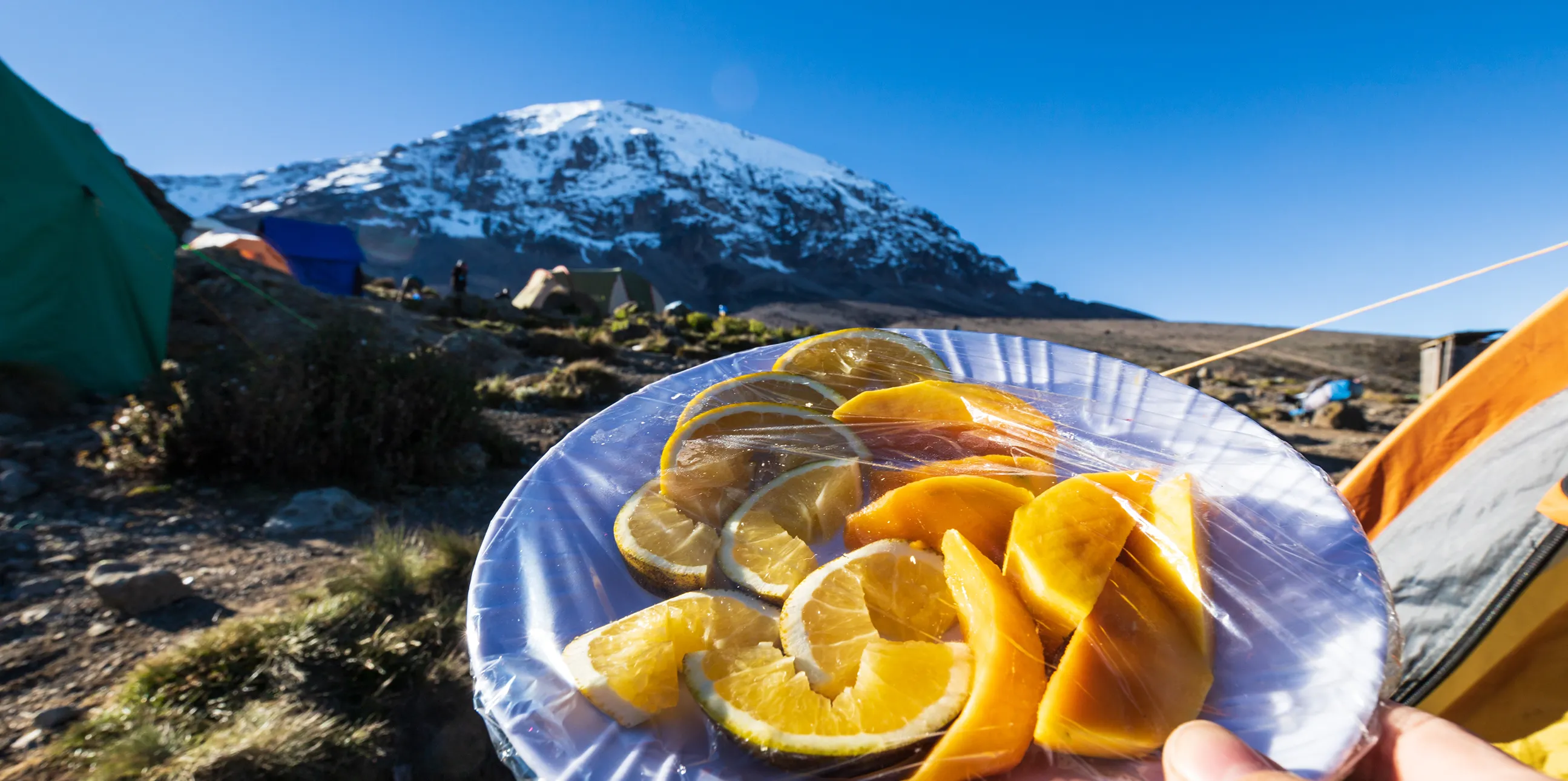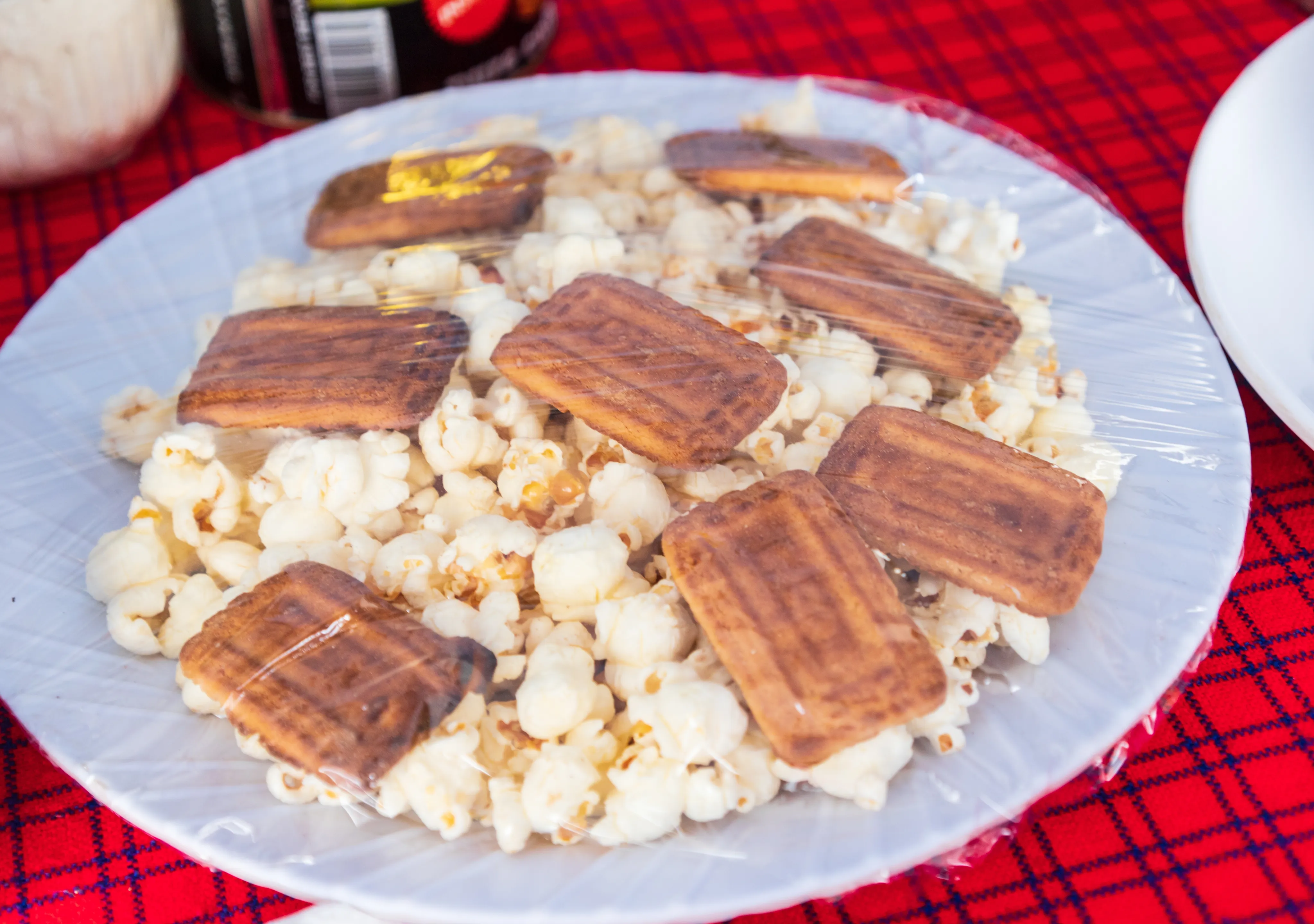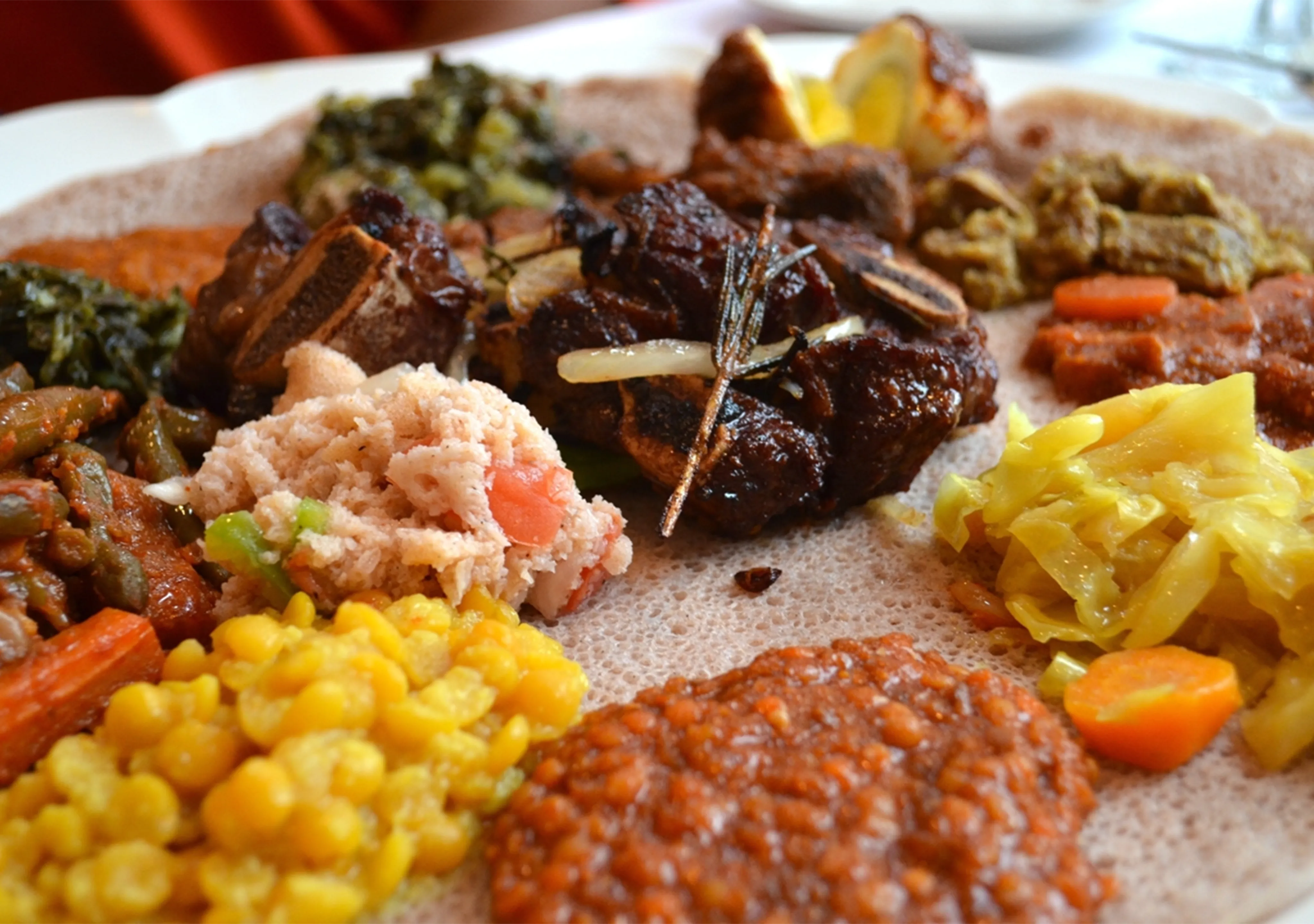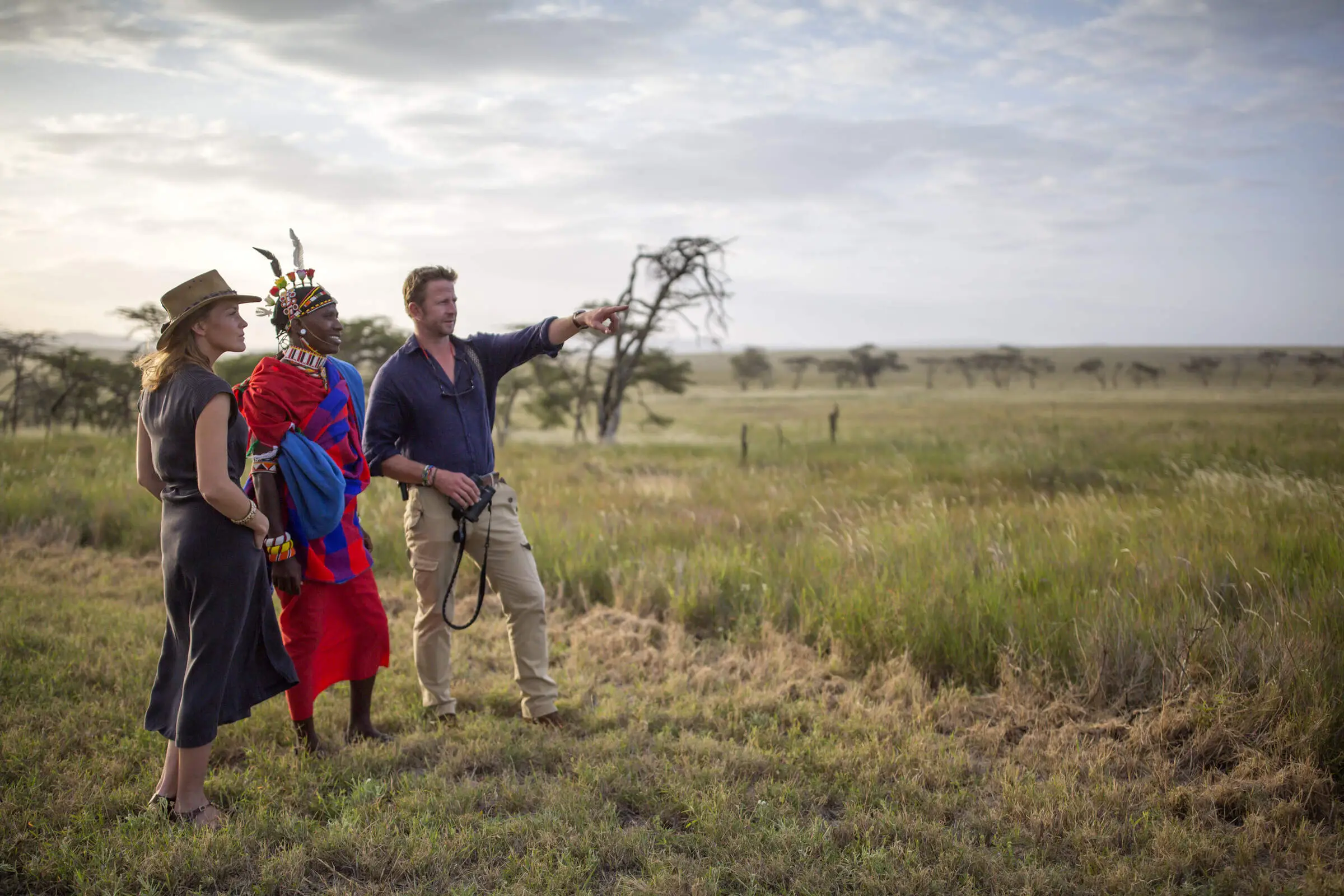

On a Kilimanjaro climbing trek, meals are more than just a way to get energy. These Kilimanjaro Foods also help you recover, get acclimated to the high altitude, and stay motivated on the journey. Your body tends to burn more calories than it does at home as you grow used to being at high altitudes and in cooler weather. This is why every meal, snack, and drink on the walk is planned out ahead of time.
All day long, our cooks produce meals that are good for you and make you feel good during a Kilimanjaro Climbing Tour. We make meals fresh, serve them hot, and carefully measure them out to fulfil the demands of climbers who are walking at high altitudes.

Every day on Kilimanjaro starts and concludes with a hot meal. There isn't any packaged or dehydrated food. Kilimanjaro Porters carry up all the food, pots, and plates, and a qualified chef cooks all the meals in a mobile mountain kitchen.
Meals are full of "good" carbs since your body changes how much energy it requires while you are at high altitudes. Carbs are easy to digest and help you heal faster after a hard day of walking. There are proteins and fats too, but carbs are still the major thing on the menu.
There is some variety in foods available on Kilimanjaro, but the routine makes them comfortable and predictable.
Here’s a typical breakdown of what Meals on Kilimanjaro look like:
This is just a sample. Actual Kilimanjaro Menus vary day to day to keep things interesting. Familiar brands like Heinz and Nescafé are often used in sauces, soups, or beverages, which brings a taste of home in a remote setting.

As you get higher, your appetite frequently changes. Eating big meals gets harder, especially when you're beyond 3,500 meters. That's why it's important to plan your meals well. The food is robust in energy but easy to digest. The carbohydrate-focused Kilimanjaro Food Menus do more than merely fill you up:
Also, meals are spaced out just right so that your body has the energy it needs all day. Even if you don't feel hungry, taking little nibbles and sips of warming fluids might help you stay strong.
All of the Kilimanjaro Foods are made in a very clean way. Water used to wash vegetables or make rice is heated and then filtered. Every Kilimanjaro Camp cleans its cooking tools. There are tables and seats in the dining tents so you can eat in a clean, dry environment.
They also take care of those who have special dietary needs. The kitchen staff can make meals for:
If you have a really precise diet or medical nutrition plan, it's a good idea to add some extra energy snacks to your Kilimanjaro Packing List, like protein bars or nut butters.

There is always a clean and consistent supply of water on all our Kilimanjaro Climbing Tours. Before using it, guides and chefs boil and filter all the water on the mountain. Every morning and evening at camp, you'll be able to refill your bottles with water.
It's not simply crucial to stay hydrated; it's necessary to avoid getting sick from the Kilimanjaro Altitude Sickness. Diamox, a typical drug for high altitudes, also makes the body lose more fluids. That's why you should drink at least 3 to 4 litres of water per day.
To make it easier to stay hydrated:
All camps have hot drinks like tea, chocolate, and herbal infusions. Because of weight and trash limits, cold soda and bottled drinks are not transported up the mountain.

Every hot plate of food that is given at 4,000 meters starts at the base. The support team brings everything, such the food, the utensils, the stoves, and the dining arrangement. The Porters on Kilimanjaro work closely with the cooks to put up kitchen tents, cook meals at high altitudes, and keep food warm even when it's very cold.
The work is hard, but the result is comforting. After a long day of hiking on steep trails like the Machame Route or Shira Route, everyone enjoys a warm dinner in a cosy tent.
The Kilimanjaro Climbing Cost already covers all meals and drinks on the mountain, which is one of the most popular services during the expedition.
At such high altitudes, every bite of food you get counts. That's why it’s advisable to never eat processed or packaged foods. The Kilimanjaro Menus are designed to aid in both physical exertion and recovery, while also making your mountain adventure more enjoyable.
Our mountain crew keeps all these things in mind when providing meals on the mountain. By emphasising energy-rich food, water safety, and personalised menus, we enable every climber to tackle the mountain with strength and confidence.
Allow Bestday Safaris to take care of your meals and well-being while you concentrate on reaching Africa's rooftop.

It is a long established fact that a reader will be distracted by the readable content of a page when
We use equipment of international standards & our guides are trained in First aid & personal protection equipment
We use equipment of international standards & our guides are trained in First aid & personal protection equipment
We use equipment of international standards & our guides are trained in First aid & personal protection equipment
It's exciting to climb Kilimanjaro, but it's even more fun when you're ready. There are plans, training tips, packing lists, safety tips, and more here for you to find all the trip guides you need. Before your trip, click on each of the guides below to learn more.
Whether you are ready for Tanzania Safari Dream or Kilimanjaro Adventure or Beach Relaxation for a few days or a few weeks long, our experts will create an itinerary from scratch, fully tailored to your wishes. Want to visit a beautiful destination or start an adventure to reach the top, or relax in a paradise, we will make it happen.